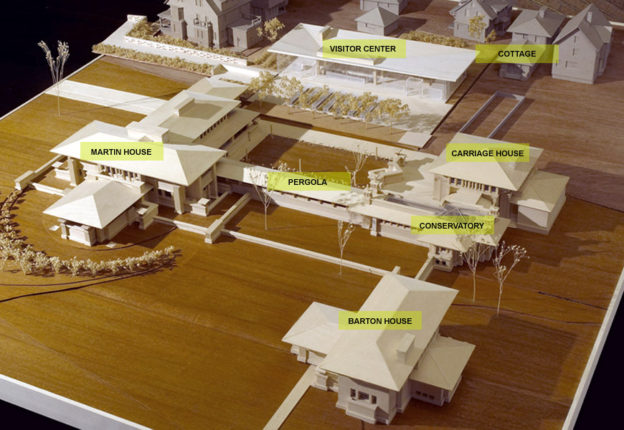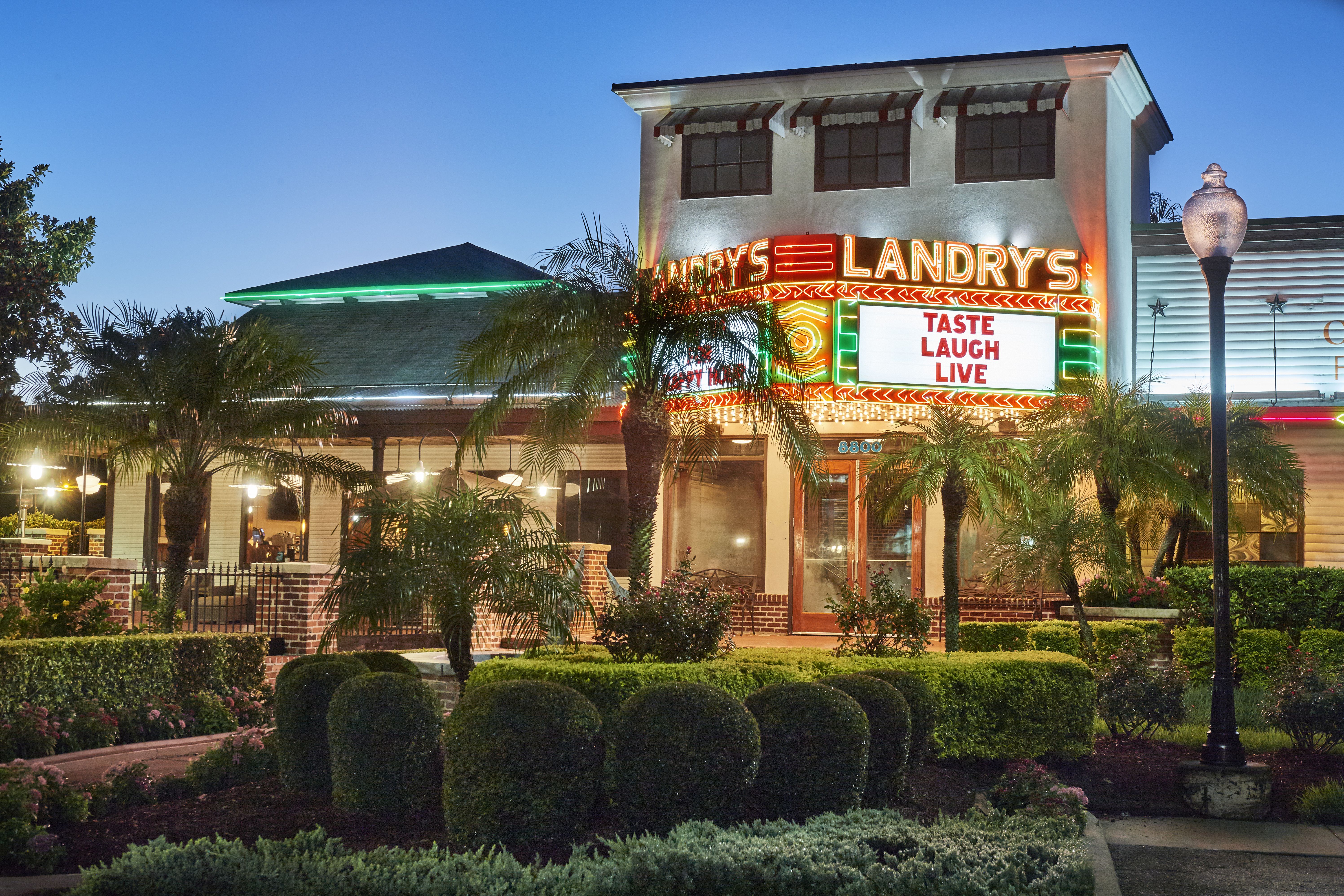Table Of Content

Located at the heart of the house, the fireplace serves as an anchor from which everything else grows organically. Built between 1902 and 1905,[16] the Martin House is distinguished from Wright's other prairie style houses by its unusually large size and open plan.[18][19] On the ground floor an entry hall bisects the house. To the right, behind a large double sided hearth, is a central living room. The room is flanked by a dining room and library which together create a long continuous space.
Futaba Cake Building
Once you purchase your tour ticket, you will receive an email with a link to the tour. Behind-the-Scenes tours are not intended for children under the age of 8.
The Editorial Board: It seems to us – The return of Frank Lloyd Wright, West Seneca’s chance and saving Pepé Le Pew
Frank Lloyd Wright's Barton House Opens to the Public - Galerie Magazine
Frank Lloyd Wright's Barton House Opens to the Public.
Posted: Thu, 04 Oct 2018 07:00:00 GMT [source]
Frank Lloyd Wright called the grand complex he designed for Darwin D. Martin in Buffalo (1903–05) his “opus,” as he wrote in 1954 to a prospective buyer of the property. Now, in time for the celebration of Wright’s 150th birthday in June, a 20-year, five-phase restoration and reconstruction process is wrapping up on the residential complex, with six structures by the architect. Its 1.5 acres include the main house for Martin and his family; a smaller one for Martin’s sister Delta and her husband, George Barton; a pergola, conservatory, and carriage house, as well as a gardener’s cottage that was added in 1909. Today it is hard to tell that it endured years of abandonment and neglect, not to mention actual demolition of three of its structures. The Barton House, the first structure to be built on the Martin property, sets an important style precedent for the rest of the complex.
A First Look at the Building That Helped Define Frank Lloyd Wright’s Career
Brilliantly proportioned rooms flow effortlessly from one to another. Includes four bedrooms (including guest apartment over garage), three and a half baths, screening/billiard room, guest house and a pool with an over 36,000 square foot lot. Frank Lloyd Wright designed the plans for the Fontana Boathouse in 1905.
Fallingwater in Mill Run, Pennsylvania may look like a loose pile of concrete slabs about to topple into the stream—but there is no danger of that! The slabs are actually anchored through the stonework of the hillside. Also, the largest and heaviest portion of the house is at the rear, not over the water.
Polychrome Historic District
The other axis, centered on the hearth, continues the living room out to a large covered veranda.[15] To the left of the entry hall, is a reception room similar in size to the living room, the kitchen, and several smaller rooms. A separate mass provides for a reception room hearth, and one to the level above. The wing completes with a porte-cochère balancing the veranda.[15] Above the entry hall, stairs wrap a small covered light well opening to the second floor. This floor provides eight bedrooms, four bathrooms, and a sewing room.[19] The entry hall continues on axis to the pergola and conservatory beyond. The complex also includes a gardener's cottage, the last building completed.

Completed in 1939, all 14,000 square feet on 30 acres of Wingspread are now owned by the Johnson Foundation at Wingspread. Herbert F. Johnson also commissioned Wright to build the Johnson Wax Buildings, as well as commissioning I.M. Pei to design the 1973 Herbert F. Johnson Museum of Art on the campus of Cornell University in Ithaca, New York.
The rooms aren't furnished because Wright didn't design the furniture used in the rooms, with the exception of the master bedroom. "One of the questions most commonly asked has been, if we're touring the Martin House, do we get to go upstairs?" Roberts said. Wright historian Jack Quinan said Wright designed a pair of twin beds for a later commission that formed a trapezoid, requiring special sheets to be made. The house cost $175,000 when it was built at the turn of the 20th century. From free community events to engaging lectures to craft beer tastings, we encourage you to visit our event calendar throughout the year for information about the festive happenings at the Martin House.
About the Estate
The so-called Samuel Freeman house is made from 12,000 concrete bricks, which incorporated sand from the hillside sloping down below it. These are assembled in the “textile block” style, which evokes the appearance of quilted stone. Almost continuously occupied since its completion in 1903, Barton House is considered one of the best preserved of any of Wright’s Prairie style homes, thanks to excellent stewardship by its owners over the years. Wrights’ design is an adapted version of the Walser House in Chicago (1903), with the addition of tile roof, brick veneer, and an expanded verandah.
Schedule this tour at a time mutually agreeable to your party and the Martin House staff. Both tours include stair-climbing, considerable walking, and standing as part of the tour. Participants will self-drive to each location, and directions will be provided for the approximately 30 – 40-minute drive along the lake.
It is a National Historic Landmark and a premier heritage destination within New York State’s network of historic sites. First – To reduce the number of necessary parts of the house and the separate rooms to a minimum, and make all come together as an enclosed space—so divided that light, air and vista permeated the whole with a sense of unity. If you’re planning a trip to Southern California any time soon, here’s how you can visit each Los Angeles home belonging to Walt Disney history! From brief apartment stays to a million-dollar mansion, Disney fans can track the humble cartoonist’s rise to the top through the first half of the last century. When Samuel and Harriet Freeman visited Hollyhock House, a Los Angeles home that Frank Lloyd Wright designed for the oil heiress Aline Barnsdall, they knew they wanted to live in one like it. They ponied up $10,000 (which eventually swelled to more than double that) and commissioned Wright to build them a house in the Hollywood Hills.
The First Jacobs House at 441 Toepfer Street in Westmorland, near Madison, Wisconsin, has brick and wood construction and glass curtain walls suggesting simplicity and harmony with nature. His later Usonian houses became more complex, but the First Jacobs House is considered Wright's purest example of Usonian ideas. Today, the main house is thought to be one of the finest examples of Wright's Prairie Style. Tours of the site begin at the Toshiko Mori-designed visitor's center, a comfortable glass pavilion built in 2009 to bring the visitor into the world of Darwin D. Martin and the Martin complex of buildings.
At the time, Johnson was the President of the Johnson Wax Company, founded by his grandfather. The design is inspired by the Prairie School, but with native American influences. Tragically, the Larkin Company struggled financially, and the building fell into disrepair. For awhile the office building was used as a store for Larkin products. Then, in 1950 when Frank Lloyd Wright was 83, the Larkin Building was demolished. This historic photograph is was part of the Guggenheim Museum 50th Anniversary Frank Lloyd Wright Exhibition.
Famed architect Frank Lloyd Wright characteristically disregarded a request for a "simple cottage" and created a lakeside masterpiece for Isabelle R. Martin, wife of industrialist Darwin Martin. Docent Dave Kurash, right, leads a tour through the master bedroom at the Darwin Martin House, where guided tours resumed on Thursday for the first time since March 2020. Frank Lloyd Wright, considered one of this country's greatest architects, was known for sometimes overlooking basic comforts in pursuing his artistic vision. Designed to last approximately 40 minutes, you will set your own pace as you move from stop to stop. The tour can be enjoyed anytime, even if the site is closed for public tours. Visitors to the Martin House Complex can book tours of the Barton House for $37 that includes the Martin House.
Frank Lloyd Wright drew from his plans for a cultural complex in Baghdad, when he designed the Grady Gammage Memorial Auditorium at Arizona State University in Tempe. Wright died in 1959, before construction of the hemicycle design was begun. Wingspread is the name given to the Frank Lloyd Wright-designed residence of Herbert Fisk Johnson, Jr. (1899 to 1978) and his family.

No comments:
Post a Comment